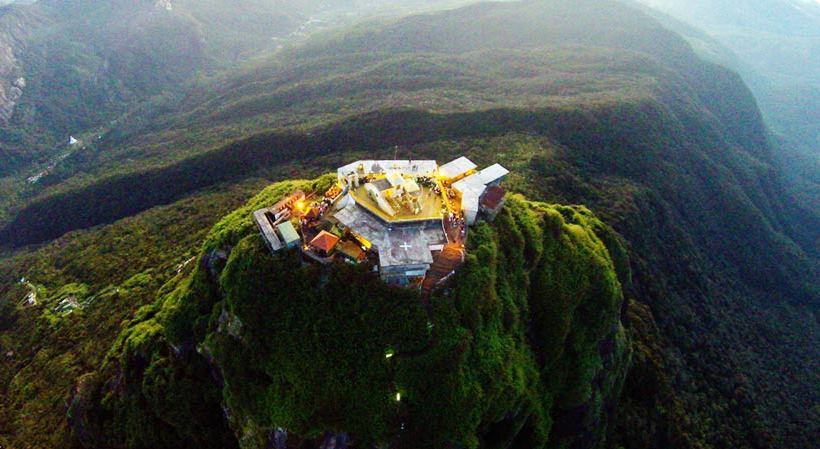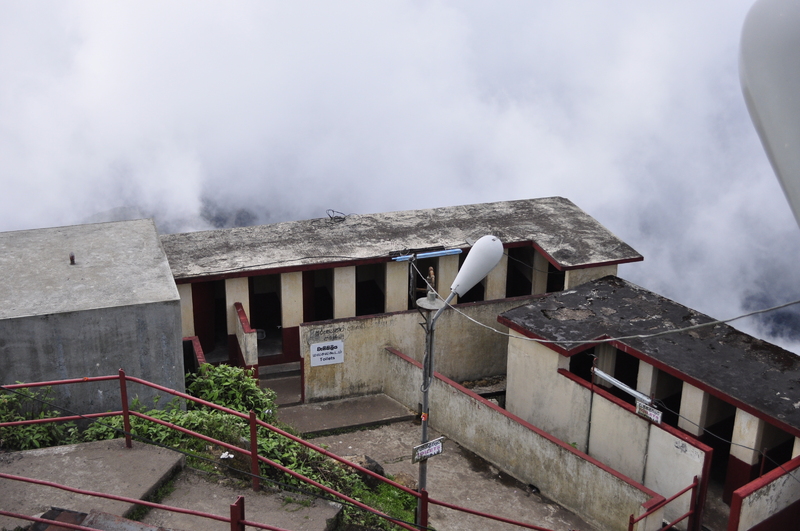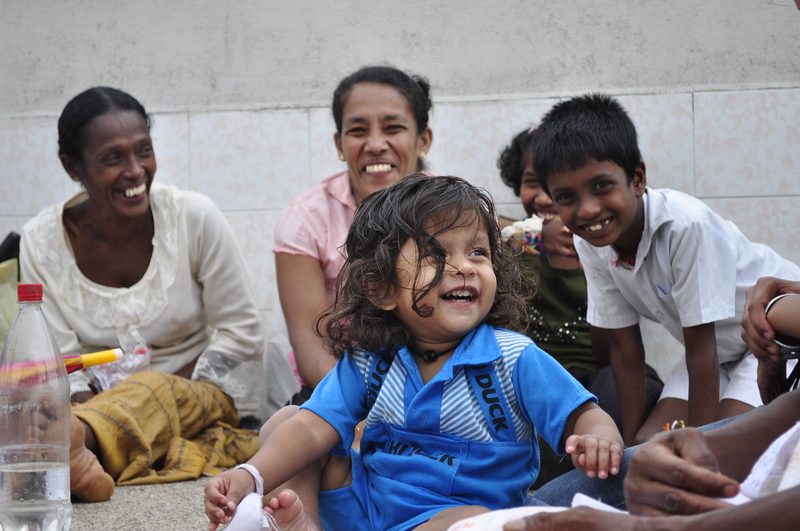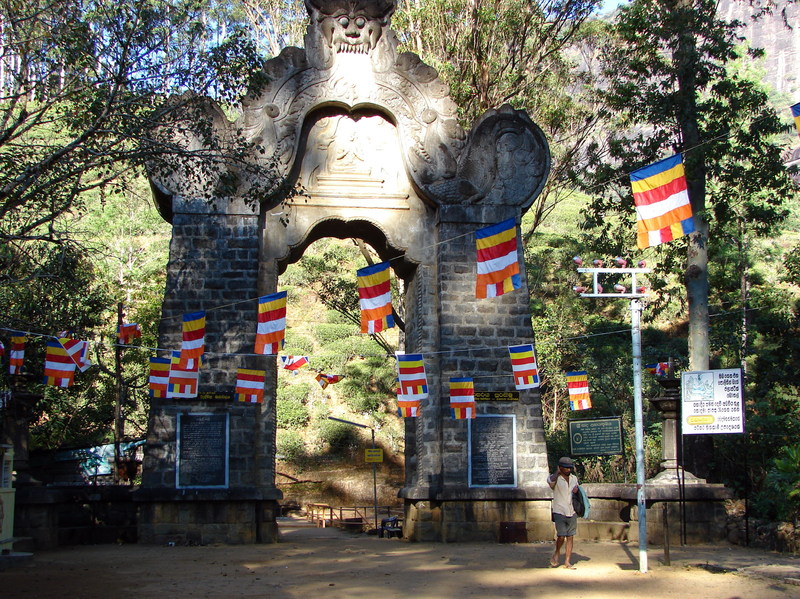Pilgrimage to Adam’s Peak — View sacred Adam’s Peak footprint of God
A lengthy line of torches has lighted the 5200-stair way from the mountain’s base to its top. We are warmed by the clear voices of travelers amid the night cold. We join the queue to await the first rays of sunrise in Sri Lanka. Let us explore the antique beauty with our Adam peak trip blog.
It is twelve o’clock. After a strong rain, it’s a dark and chilly night. We pack our belongings and put on heavy coats to journey to Adam’s Peak, a spiritual pilgrimage for the locals.

Although the average temperature in Sri Lanka during the winter is approximately 20 degrees Celsius, it appears to be cooler today following the rain. Many other pilgrims are also preparing for their journey at 2:00 a.m. in these weather. Torches are lighted, flashlights are switched on, and artificial lights on the steps are turned on. The village is still peaceful. Only raindrops on thatched roofs, steady feet, and the quiet murmurs of pilgrims praying remain. We join the crowd as we make our way to the mountain’s summit.
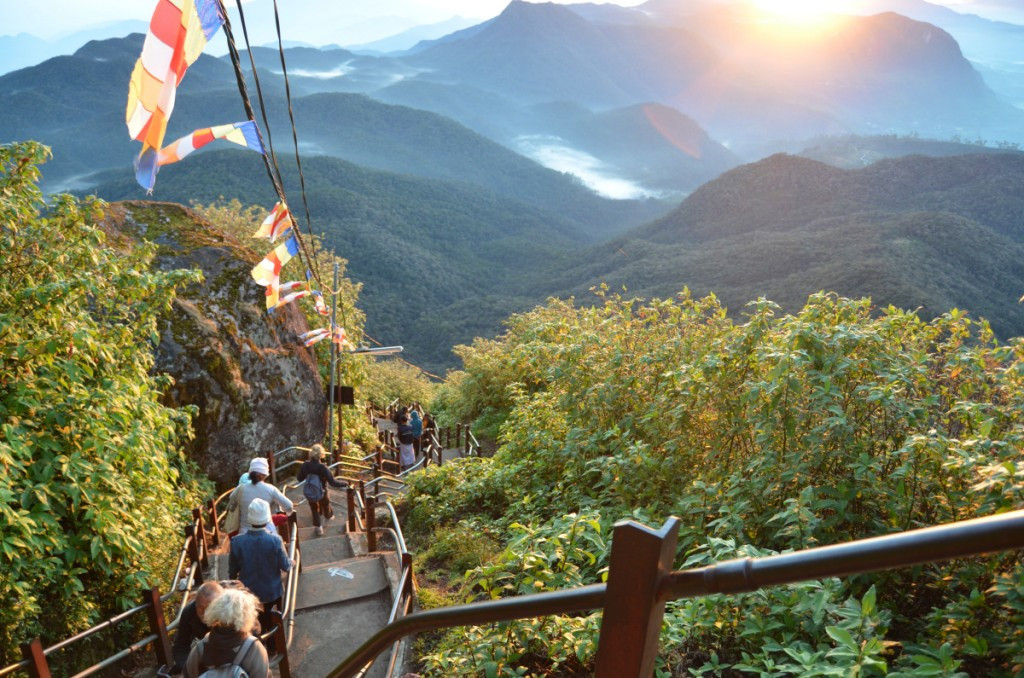
Almost many pilgrimages begin at Dalhousie, a tiny town in the mountain’s north. It takes around 3-4 hours to hike 7 kilometers from this settlement. We pause for a rest, a drink, and some food after going along some calm roads and passing several little pagodas. I’m hot and exhausted, but I keep my coat on to avoid getting sick from the night frost and frigid air. Other organizations are taking a break as well. Pilgrims of various ages, from toddlers to the elderly, make up the pilgrimage. Their expressions are mirrored in the erratic light of spotlights and candles.
King Valagambahu (104-76 BC) is said to have discovered the Sacred Footprint while in exile in the alpine woods. The owner of this footprint has yet to be identified. Churches felt it was the imprint of their gods. There is also claimed to be a footprint of the Buddha. When Buddha visited the island of Kelaniya at the invitation of King Naga Maniakkika, he left his imprint on Sri Pada mountain. During his journey, the Buddha also visited Digavaapi with 500 monks. Some Christians, however, think that the footprint on the mountain top represents Adam’s first footprint on Earth after he was banished from Paradise.
Others said it was the footprint of Saint Thomas, who introduced Kito to Southern India in the first century A.D., while Hindus claimed it was God Shiva’s – the Destroyer (hence the names Sivan Adipadham or Sivanolipatha Malai) and Muslims in Sri Lanka claimed it was Al- Rohun’s (Soul). Nonetheless, we cannot dispute that for over 1000 years, Adam’s Peak has been a pilgrimage site for pilgrims to pay respect to their Gods, attracting a huge number of people from all over the world.
Every spring, Buddhists and people of various faiths line up for over 5200 stairs to reach the top before dawn. Queues of people carrying brilliant torches travel up the winding path from the mountain’s base to the summit. That colorful road has come to represent Sri Lanka. Visitors from all religions interact with pilgrims to climb Sri Lanka’s highest mountain. The trip will transport you to “the light of faith and hope,” regardless of whether you are a Buddhist, Christian, Muslim, or Hindi.
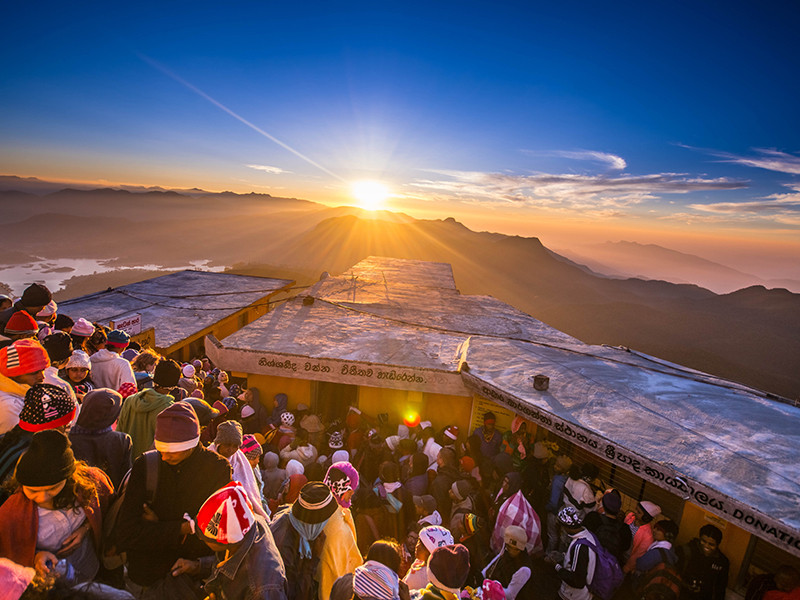
Locals sit on the steps, singing softly. Despite the fact that we speak different languages and cannot comprehend each other, I can sense faith in their eyes. Some elderly women are carrying bouquets of fragrant jasmine, which will be distributed at religious sites on the top. Although I join the journey to observe and explore magnificent scenery, the prayers of pilgrims for good luck, good health, and happiness offer me hope.
The higher we go, the colder it becomes. Strong individuals go first, followed by the lesser without pushing or elbowing others out. There are simply lines of pilgrims going in a strange light, singing continuously. The ground is moist, and rain is falling from the trees. While we are dressed in jackets and caps, the locals are dressed in Hijab (scarf to cover their head of Islams). I am astonished to see threads down the road, and it is told that these are strings that connect a person’s history, present, and future.
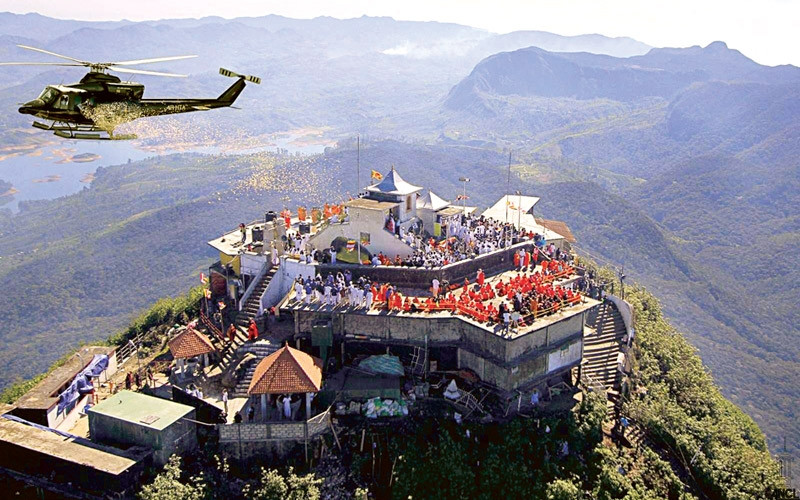

After three hours of hiking, we reach the summit only by crossing over few stairs. Stairs are divided into two tiny pathways, one for ascending and one for descending. The sun is coming up. From this vantage point, we can see the vast forest and the roofs of several temples nestled among the trees.
Many Buddhist devotees have gathered on the top. The sun is shining brightly and casting pleasant rays across the mountain. On clear days, when the first rays of sunrise fall on the summit (approximately 2243m above sea level), locals in Sri Lanka believe that God’s footprint would be mirrored in the sky. This is an unusual visual phenomena that lends the mountain a mystical and holy beauty.
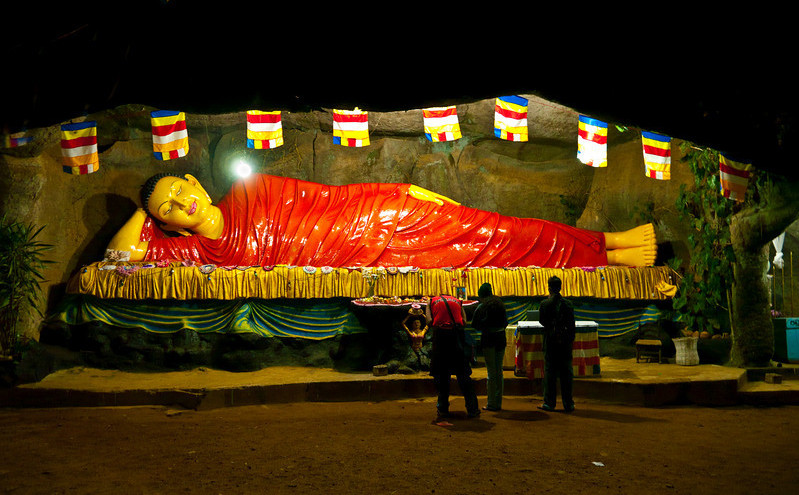
After admiring the magnificent morning, we join a group of Buddhists in walking around God’s footprint. An elderly monk makes the sign of the cross on our foreheads and hands us garlands to take home with us. My buddy requests a bell to wish her grandparents a happy birthday.
When the sun sets, we go from the sacred hilltop. Pilgrims are allowed to walk downstairs. Two dogs follow us from the summit to the first entry at the mountain’s base. We descend 5200 steps with trust and hope for a good life.
BOX: Whether you are a Buddhist, Christian, Muslim, or Hindu, the journey will lead you to “the light of faith and hope.”
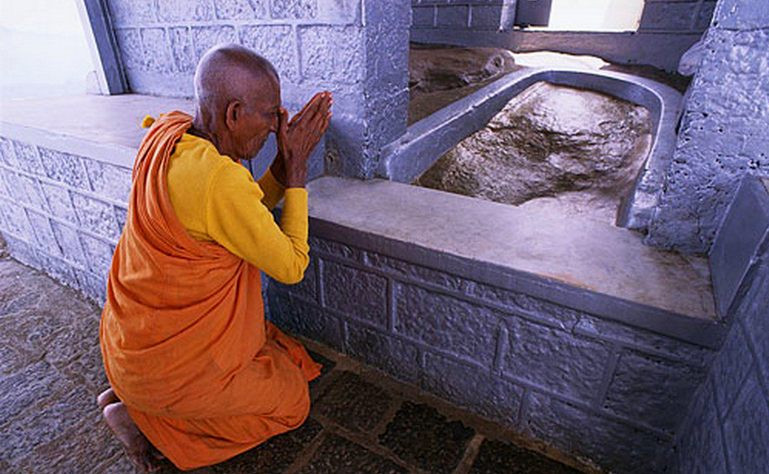
Further information
Tourism in Sri Lanka is in a precarious condition. The services available are restricted. Only three-star hotels provide hot water and air conditioning. Those who enjoy traveling and learning about culture might explore relics of past civilizations. Sri Lanka features a region known as the “Culture Triangle,” which includes three historic cities: Polonnaruwa, Anuradhapura, and Kandy, with Polonnaruwa serving as the center of the “cultural triangle,” located 216 kilometers northwest of Colombo.
Currency: Rupi (100 Rupi = USD 1)
The best time to go on the pilgrimage is spring, from December to April.
Adam’s Peak is also known as Sri Pada or Sivan Adipadham or Sivanolipatha Malai.
We recommend renting a car and using a map to avoid getting lost when visiting major sights.
Rice, curry, and pittu are common daily meals (fried rice mixed with coconut milk and cooked in bamboo stick). You should bring quick noodles and dry foods like shredded pork and peanuts to go with the rice. Remember to bring a spoon, fork, or chopsticks with you because the locals eat with their hands.
Locals in Sri Lanka are so nice that you may ask for directions if necessary.
Foreign ladies should not travel alone, particularly by bus. Bus air conditioners are set to a very low temperature, so carry heavy jackets or scarves with you.
From Kitugala, you can travel to Adam’s Peak by bus, and from Horton Plain, travel to Nuwara Eliya, then to Adam’s Peak by bus.
Souvenirs: Do not forget to bring home some boxes of tea because Sri Lanka is one of the biggest tea manufacturers. In addition, colorful masks are indispensable in your bag when traveling to this country.











